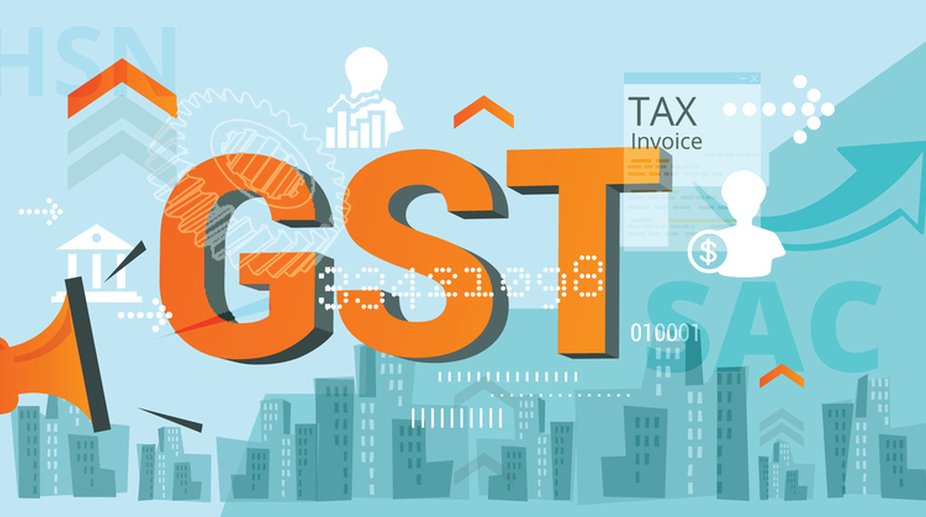Congress committing dacoity on rights of OBCs, SCs, STs: PM
“Wherever it (Congress) can do it, it will try to loot the claims of the SCs, STs and OBCs and give them to others,” said Modi.

Representational image (Photo: Getty Images)
While the Modi government celebrated 8/11 as ‘AntiBlack money’ day, the opposition observed it as the ‘Black Day’ and both had their own narrative. The jury is still out on demonetisation and the Goods and Services Tax – the two bold economic measures of the government. The opposition has taken up these two economic issues as its political weapons.
While the government is touting several long-term gains, what is required is immediate attention to redress the grievances of the public on both demonetisation and the GST. The Modi government has been patting itself on the back for its efforts to curb black money asserting that demonetisation has the backing of people who are willing to go through the pains of the measure.
The unprecedented political success in the 2017 U.P. polls has given it much encouragement. The ensuing Gujarat and Himachal Pradesh poll results will decide whether the BJP’s winning streak continues. But one year later, the opposition, Modi’s critics as well as some economists are questioning the success of the moves. The quickness with which the government is reacting in the past few weeks shows that it is nervous and wants to rectify its mistakes.
Advertisement
That is why despite its overt denial mode, the Modi government has started taking some measures like setting up of the Prime Minister’s economic council and easing the process of filing GST returns among other things. There is no doubt that corrections needed to be made as the first impact of the two measures was the slow down of the economy and massive job losses, and this is supported by official figures. According to the Central Statistics Office, the GDP growth had slipped to 5.7 per cent in the AprilJune quarter, the lowest in three years.
The Reserve Bank of India (RBI) had stated that 99 per cent of the demonetised Rs 15.44 lakh crore was back in the system, raising doubts about how much black money had come into the system. The RBI’s surplus payable to the Centre out of its earnings for 2016- 17 is almost halved to Rs 30,650 crore due to extra cost in printing new notes. There are also criticisms that the government has not taken forward other measures to curb black money like electoral reforms, targeting black money in the real estate, bringing back black money stashed abroad and catching the big fish.
Mr Kaushik Basu, chief economic adviser to former Prime Minister Manmohan Singh has suggested that some carefully crafted policies that address both short- and long-term challenges are needed. The bigger challenge will be to nurture and sustain rapid growth in the long run. PM Modi and his Finance Minister Arun Jaitley are indeed worried about this fall in GDP growth noted by even international agencies. The government is now addressing all the four contributors to economic growth – domestic consumption, exports, private investment and government spending – all hit by the slow down.
It is clear that neither the private sector nor the government can quickly drive up economic growth in the short term. In fact, the Industrial Production (IIP) index grew by a meagre 1.2 per cent in July, output of consumer durables fell and the export growth has fallen to just 3 per cent. On the other hand imports have increased sharply. Since consumption is extremely sluggish in most sectors, the priority should be on how to encourage consumption. On the GST side, the government has already realised the need to bring down tax rates.
On Friday the GST council removed 178 items off the 28 per cent slab, which is welcome.
This means eating out will become cheaper and also the rate on goods of daily use will come down. Although this is done with the upcoming elections in some states in view, the BJP hopes to mollify the small traders who are the backbone of the party. The policy makers think that if the government takes necessary steps to increase its investment in infrastructural projects like building roads, power projects, and creating a conducive environment for attracting foreign investment, continuing with the reform process and undertaking fiscal consolidation, things will improve gradually.
Finance Minister Arun Jaitley announced massive Rs 6.92 lakh crore infrastructure spending recently. A major area of focus will be the banking sector as banks are choking with bad debts and a sum of Rs 2.11 lakh crore for recapitalisation has been earmarked.
To boost job creation, the government granted enhanced access of funds for MSMEs and also has plans to construct 83,677 km of highways at an investment of Rs 6 lakh crore in the next five years. The Modi government hopes that once the corrective measures are applied, both investment and growth will rise. The World Bank is upbeat about the Indian economy and predicts that starting from this quarter (October to December 2017) the economy will bounce back. Politically, it is not sure how much the BJP will be able to reap the benefits because the message has already gone down that these two measures are hurting the public.
For the BJP, the sliding GDP growth and loss of jobs due to demonetisation are two prickly issues, which might hit its 2019 poll prospects. With just about 14 months to go before the next Lok Sabha polls, the BJP needs to do much more to boost the economy and more importantly provide jobs to the youth.
Advertisement